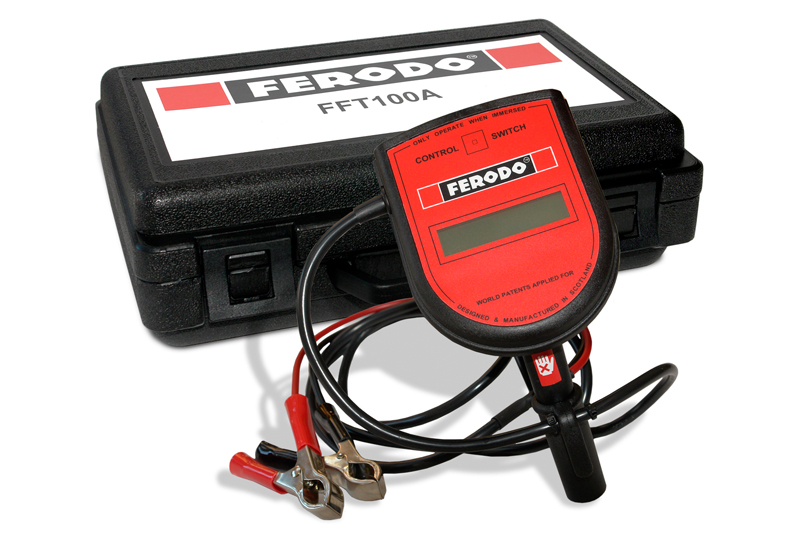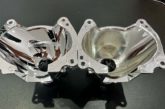
Has a customer ever complained of brakes that feel spongy or offer little resistance? These could be potential signs of vapour lock, a dangerous phenomenon that can result in a complete loss of braking. PMM spoke to brake specialist Ferodo, a brand of Federal-Mogul, to gain some insight into how it can be avoided, diagnosed and corrected.
The process of braking generates a large amount of heat, which is why brake fluids are designed with high boiling points – ensuring that they remain liquid even when vigorously heated. Unfortunately, brake fluid is also hygroscopic, which means that it absorbs moisture. Over time, the infiltration of moisture reduces the brake fluid’s boiling point.
“Once the concentration of water reaches a certain point, the brake fluid will start to boil under braking, filling the lines with gas bubbles,” explains Jonathan Allen, Regional Marketing Manager at Federal-Mogul Motorparts. As gas is compressible, the driver won’t feel any resistance when pressing the brake pedal and the brakes themselves will not be applied, potentially causing an accident,” he adds.
So, how do you avoid vapour lock?
1. Choose the right brake fluid
The choice of brake fluid is critical to avoiding vapour lock. Always use OE quality and adhere to manufacturer specifications. Using a high-quality brake fluid will give technicians greater confidence in their work.
2. Test the brake fluid
Many vehicle manufacturers provide guide times for brake fluid replacement but, in reality, it should not be based on mileage or age. Ferodo recommends routine checks as it is both safer for the customer and generates sales opportunities for workshops. The Ferodo Brake Fluid Tester (FFT100A) uses industry standard techniques like the Karl Fisher method for water content, which ensures a much more accurate measurement than ‘pen-type’ test systems and takes very little time to complete.
3. Change the brake fluid
If the test shows that the boiling point of the fluid is too low, then it must be changed. A master cylinder leak past test is required before bleeding the system. It should be pressurised to 50 bar for 45 seconds, during which time there should be no more than a 4 bar loss in pressure.
If it passes the leak past test, you should then bleed the brakes in set order, starting with the caliper furthest from the master cylinder. Once complete, check the brake pedal for adequate feel and pressure.
With regular and accurate testing, it is possible to avoid the dangers of vapour lock. It is also important to note that other losses in braking efficiency could be due to brake fade, overheating, pad degradation, faulty brake hoses, fluid leakage or hose ballooning. A thorough check of the entire system is always recommended.










